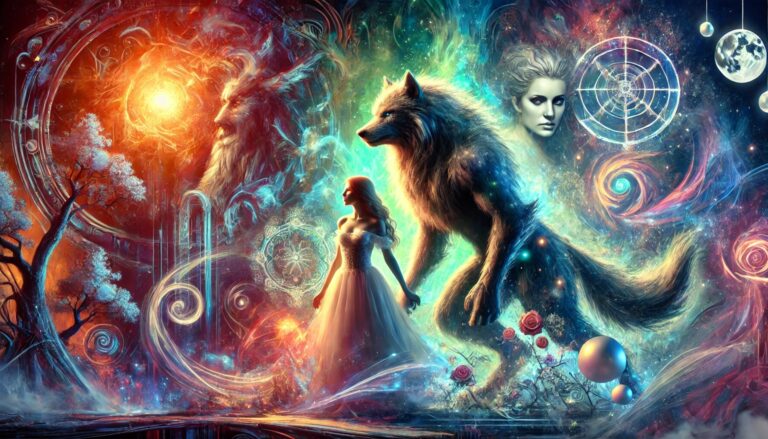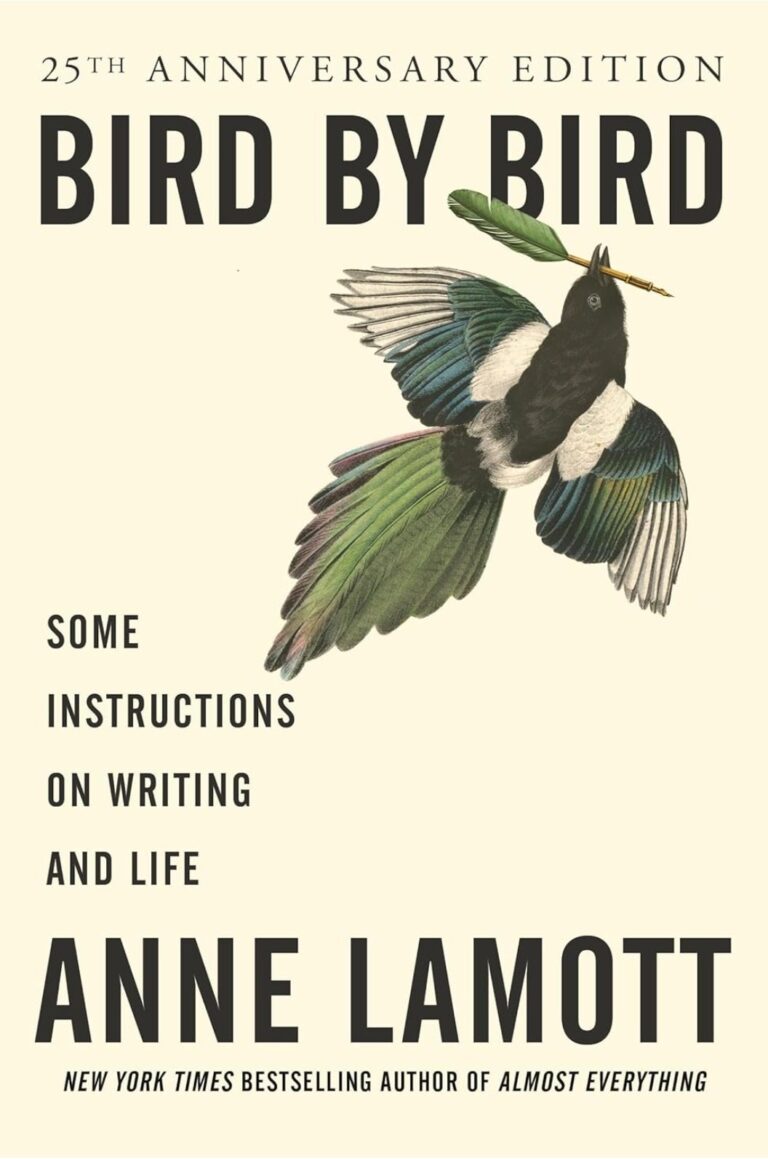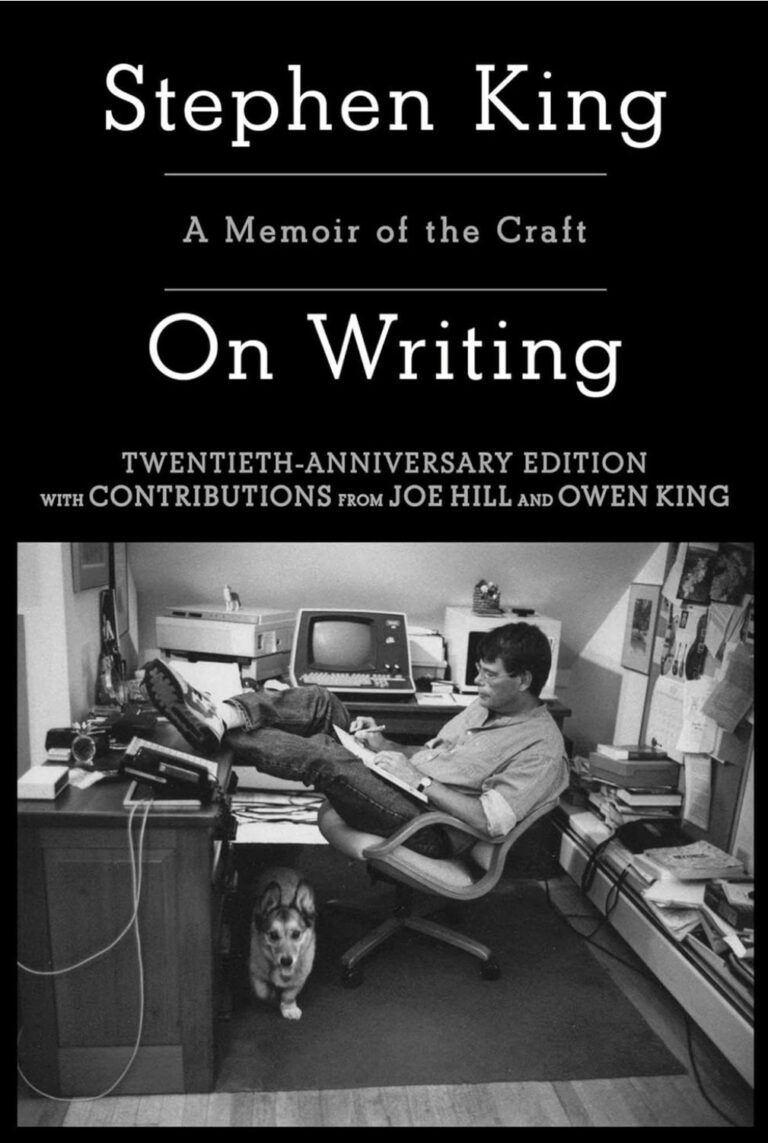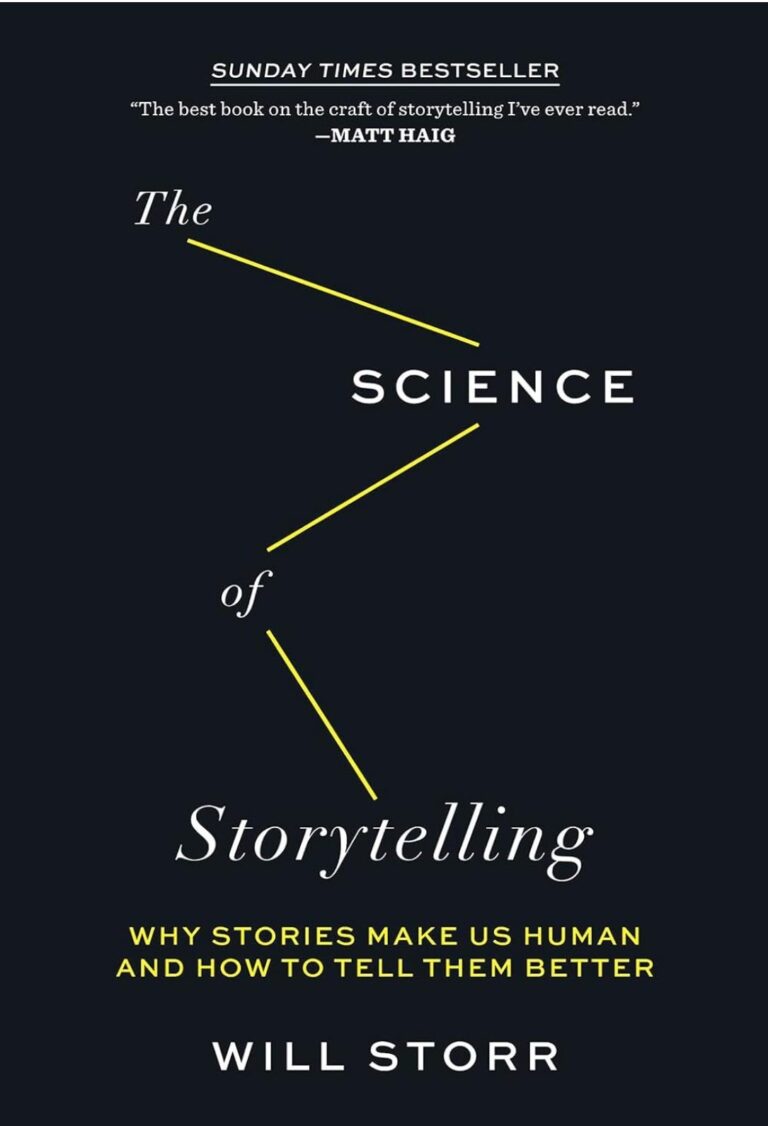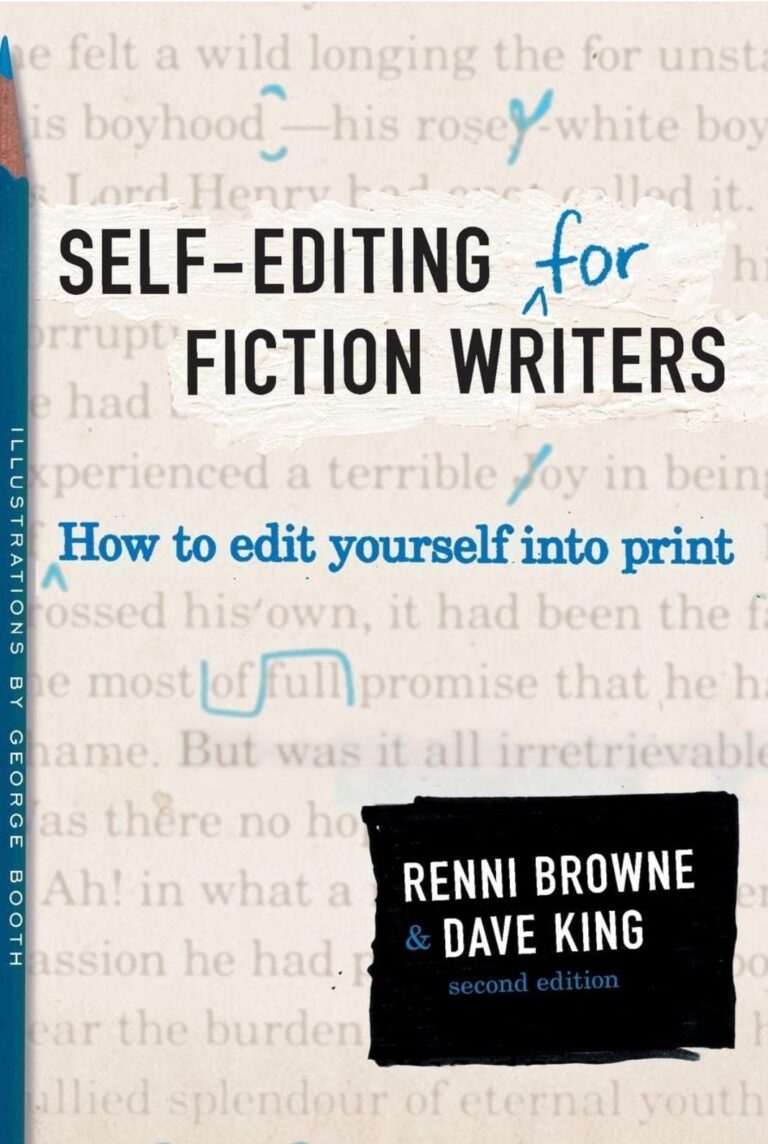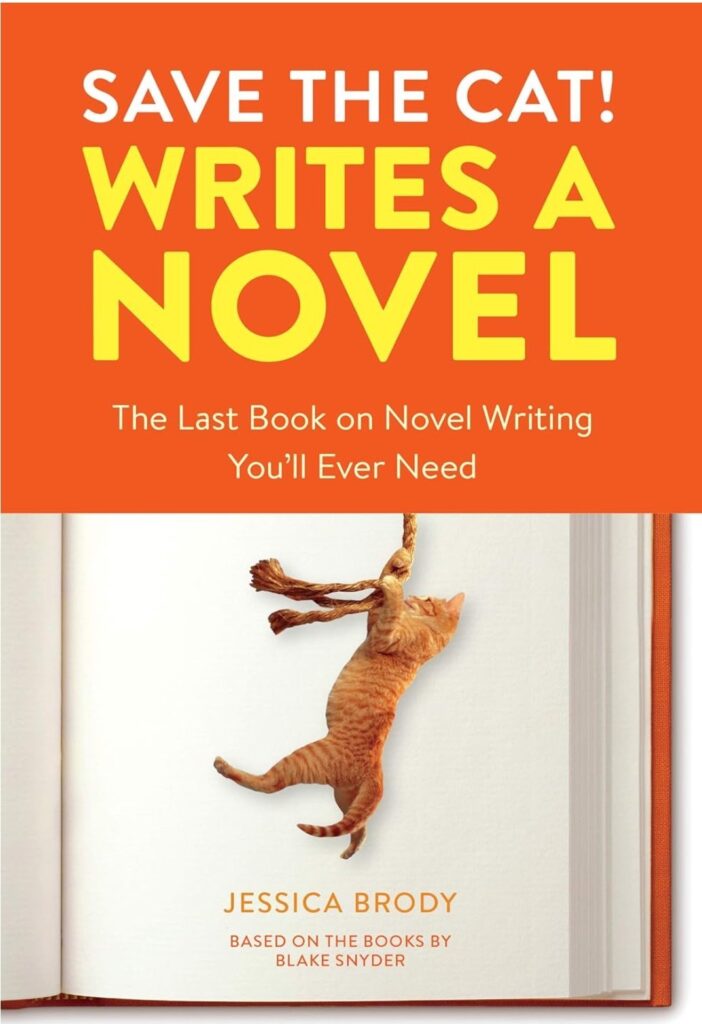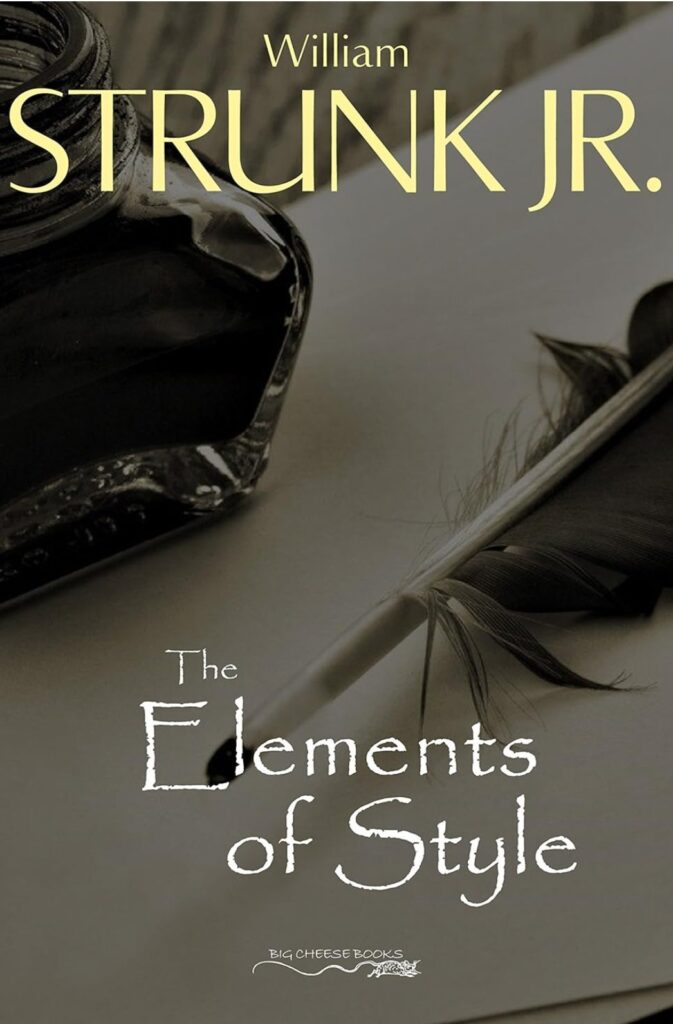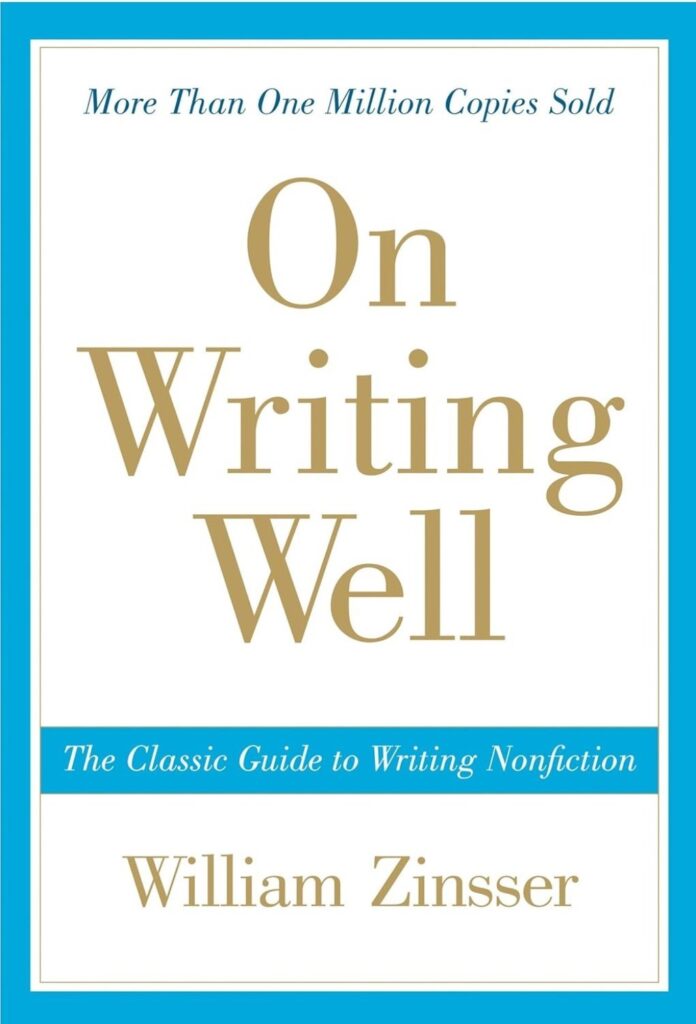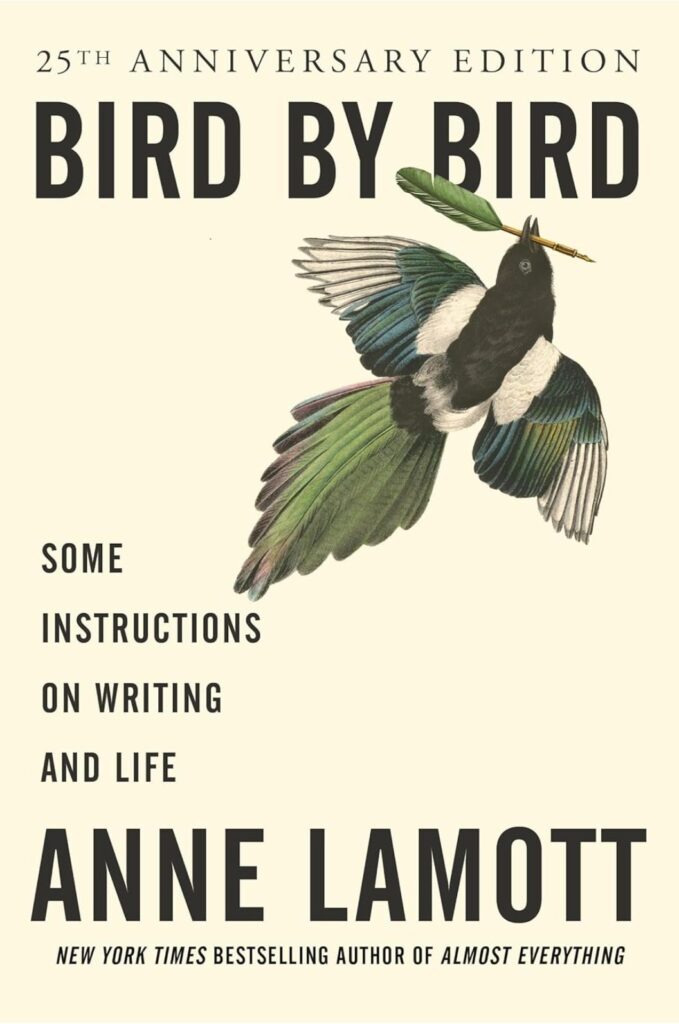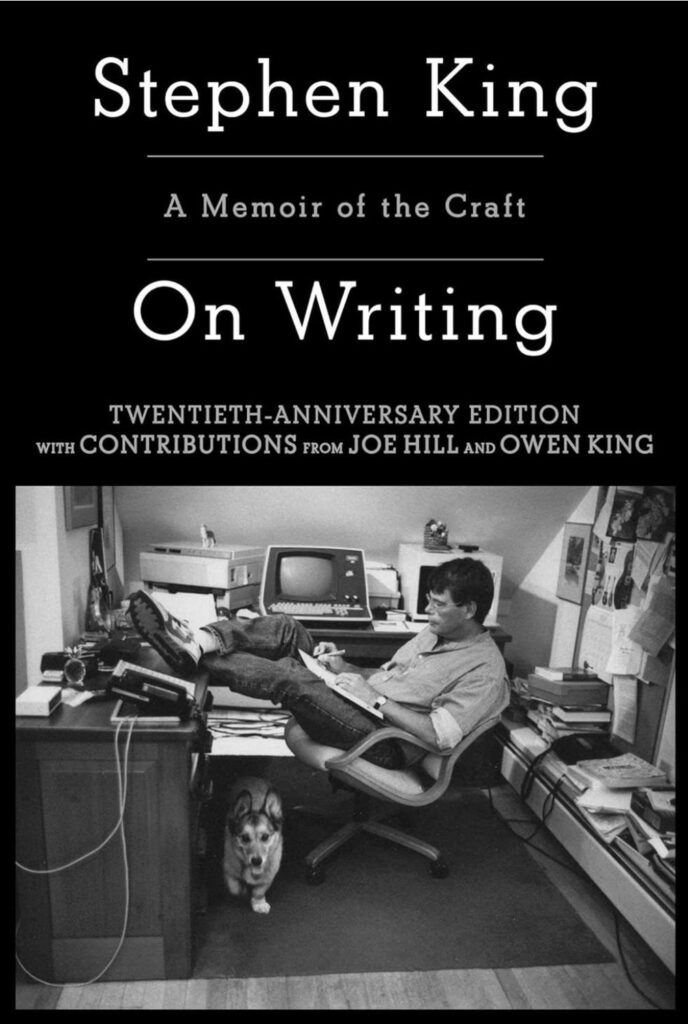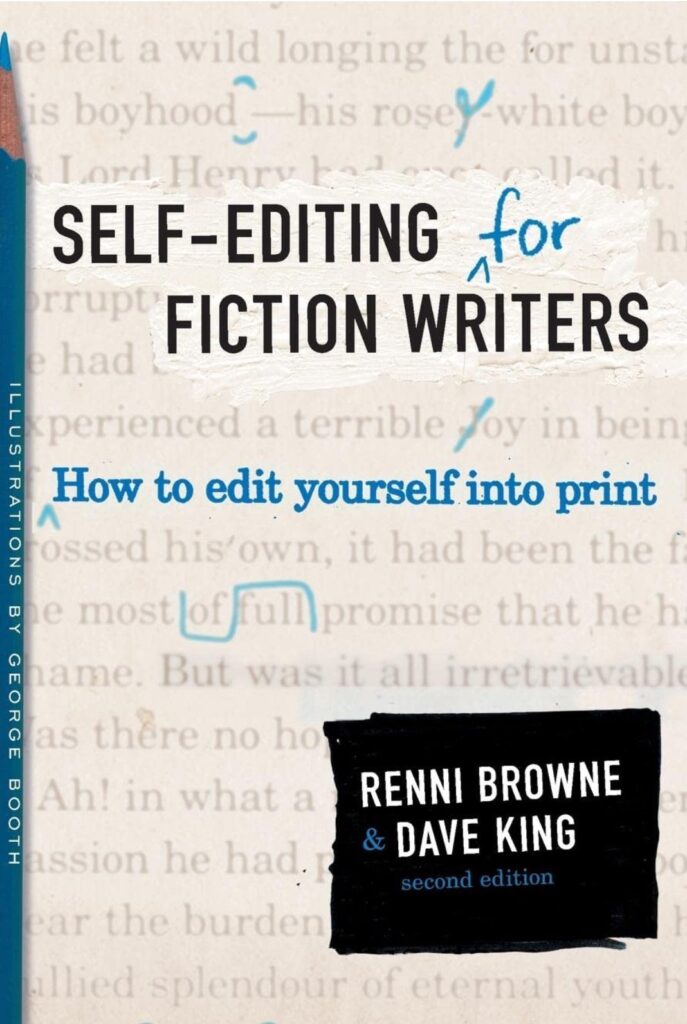Welcome fellow author! Let’s talk about one of the most exciting parts of writing romance: themes and tropes.
Themes and tropes are the backbone of any great love story. They’re what give your readers that delicious feeling of anticipation. They’re the framework that helps you build a story that feels familiar but fresh.
As someone who writes insta-love romances about alien farmhands, werewolves, and other supernatural wonders, I’ve learned a thing or two about using themes and tropes effectively. Let’s dive in and explore how to make these tools work for you.
Table of Contents
ToggleWhy Themes and Tropes Matter
Themes and tropes are like the glue that holds your story together. Themes explore the big ideas in your story—love, loyalty, redemption, or belonging. Tropes, on the other hand, are the familiar plot devices that make your readers go, “Ooh, I love this!”
In romance, themes and tropes do the heavy lifting. They’re why readers pick up your book. Whether it’s the promise of a forbidden love story or the pull of an enemies-to-lovers arc, tropes tap into what readers crave.
Exploring Common Themes in Paranormal Romance
Let’s start with themes. Paranormal romance is the perfect playground for exploring big, emotional ideas.
In Exploring Common Themes in Paranormal Romance, I shared some of the most popular themes, like:
- Love vs. Danger: Can love thrive in the face of peril?
- Identity and Belonging: How do characters reconcile their human and supernatural sides?
- Sacrifice: What are your characters willing to give up for love?
For me, writing about alien farmhands is all about exploring identity and belonging. These characters often feel out of place in their worlds, and the romance helps them find where they truly belong.
Using Tropes to Hook Readers
Now, let’s talk about tropes. Tropes are the familiar beats that readers love, like:
- Enemies to Lovers
- Forced Proximity
- The Chosen One
In Popular Tropes in Alien Romance and How to Use Them, I shared how to make tropes your own. The key is to deliver on the promise of the trope while adding your unique twist.
For example, in one of my insta-love alien romances, I used the “fish out of water” trope. But instead of the human being out of place in an alien world, I flipped it—the alien was the one struggling to adapt to human life. That little twist made the story feel fresh.
Subverting Clichés
Tropes are fun, but clichés can drag your story down. The good news? You can use clichés to your advantage by subverting them.
In Subverting Clichés in Supernatural Love Stories, I explored ways to flip expectations. For example:
- Instead of the brooding, mysterious vampire, what about a sunny, optimistic one?
- Instead of the heroine being rescued, what if she’s the one doing the saving?
Subverting clichés is all about surprising your readers. It’s about giving them what they didn’t know they wanted.
Incorporating Mythology and Folklore
One of my favorite ways to make themes and tropes feel fresh is by weaving in mythology and folklore.
In Incorporating Mythology and Folklore Into Your Romances, I shared tips for blending timeless myths with modern love stories. Maybe your werewolf pack has roots in Norse mythology. Or your alien species is inspired by ancient Greek gods.
My readers love when I pull in folklore to deepen the world-building. It adds a layer of richness and gives the romance a sense of timelessness.
Werewolf Romance 101
Werewolf romances are a classic in paranormal romance. They’re intense, primal, and full of tension.
In Werewolf Romance 101: Building Intense Connections in Short Stories, I explored what makes werewolf romances so compelling. It’s all about the connection between the characters—the push and pull, the instinctive chemistry, and the high stakes.
When I write werewolf romances, I lean into themes of loyalty and control. The werewolf’s struggle to balance their human and animal sides creates natural tension, and the romance helps them find that balance.
How to Make Themes and Tropes Your Own
Themes and tropes are tools, not rules. The magic happens when you make them your own.
Start by asking yourself: What do you love about this trope? What fresh spin can you bring to it?
For example, when I write insta-love, I play with the idea of fate vs. choice. My characters feel an instant connection, but the real story is in how they choose to act on it.
Final Thoughts
Themes and tropes are the heart of romance writing. They’re what make readers fall in love with your stories—and keep coming back for more.
Whether you’re exploring big themes like love and sacrifice or playing with popular tropes like enemies to lovers, remember to put your unique spin on them. Make them yours. And don’t forget to check out the linked posts for even more ideas and inspiration.
You’ve got this. Happy writing!

